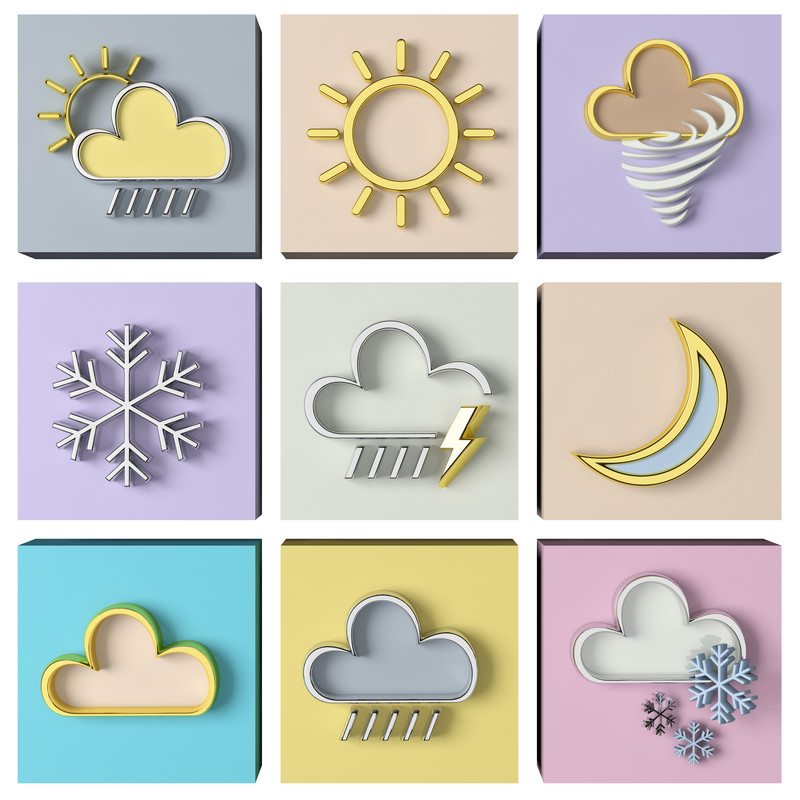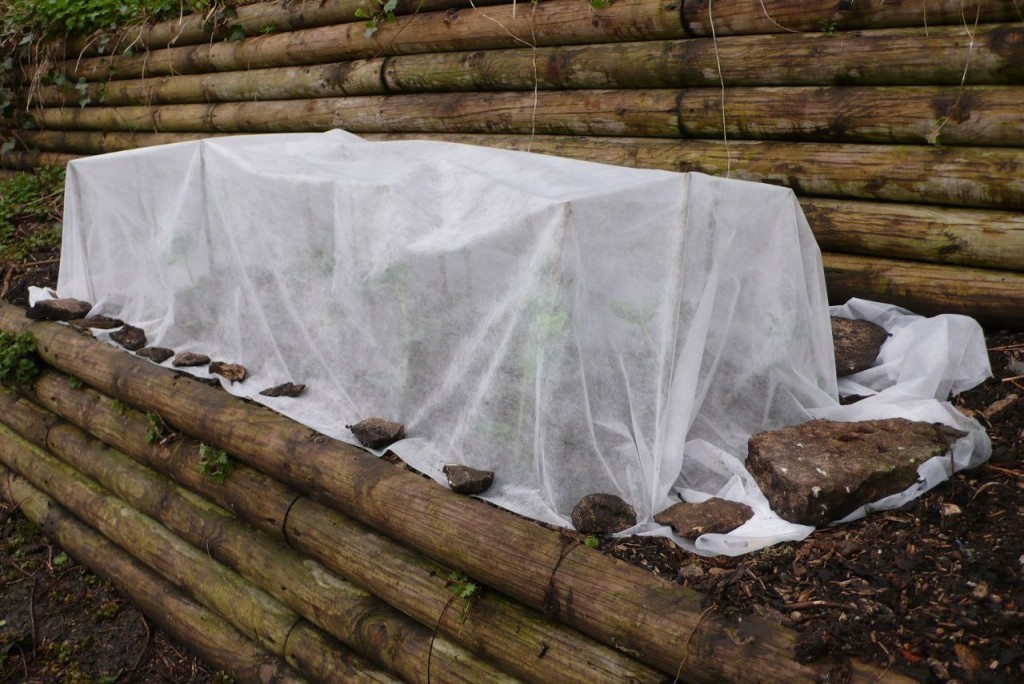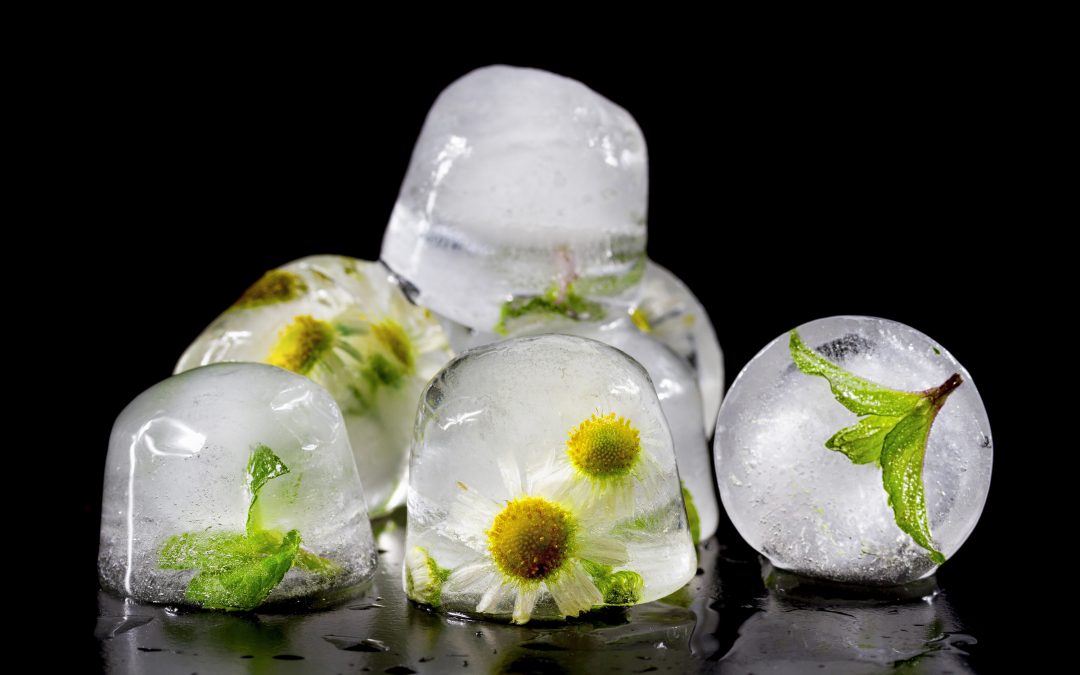Frost vs. Freeze
Although many of us quite often use the terms interchangeably. Frost and Freeze really are not the same events at all.
Frost is actually a physical manifestation on plants or other surfaces when there is a lot of water vapor in the air and the air temperature is warmer than the surfaces. This is why frost is most prevalent in mornings when the air temperature rises and a layer of frost develops on all visible surfaces.
Freeze is when temperatures fall below freezing (32° Fahrenheit or 0° Celsius) for a long enough period of time that ice crystals actually form inside plants. When ice forms inside plant cells, it splits the cell wall and kills the plant tissue. This is why a freeze is actually the culprit when it comes to ruining plants.
Types of Frost or Freeze include:
Hoarfrost – The familiar light white frost you see on chilly mornings. It results when water in the air is deposited directly in the form of ice crystals.
Rime – This occurs when water is deposited in liquid form through dew or fog which then freezes. Rime has a glazed appearance.
Black frost – is a term used when frost didn’t form, but plants were nonetheless damaged (and blackened) by freezing temperatures.
What can you do to protect plants from frost or freeze?
First things first. Stay informed. Be sure to watch local (not national) weather forecasts often during the Winter season. Here in Central Florida, cold fronts and dry air can move South quickly causing a little warning for freezing conditions. Even though they might not last long, it might not take long to do damage. Be sure to stay informed and be prepared to take preventative action on a day’s notice.

Learn which plants are more vulnerable to cold and which are hardier. This will keep you from wasting time and ensure that you protect your most fragile plants that must remain outdoors. Here are some of the most common plants vulnerable to frost.
- Bougainvillea
- Hibiscus
- Citrus
- Ficus
- Thevetia
- Lantana
- Natal Plum
- Tecomaria
- Tecoma
- Passion Flower
- Honeysuckle
- Solanum
- Oleander
- Petunia
- Geranium
- Lobelia
Pro Landscaper Tips:
- Make sure the soil is moist prior to freezing weather; plants need adequate water even when it is cold.
- Move as many containers with plants as you can to warmer locations.
- Small plants and shrubs can be dug from the ground and added to containers and moved to warmer locations.
- Mound soil or mulch up around the base of plants to protect roots that can be saved even if the top of the plant is destroyed by a freeze.
- Leave citrus on the trees; it would take freezing temperatures for a long period of time to affect these trees and fruits are still usable for a while even if they freeze. Frozen citrus is devastating for a farmer’s crop and income but not generally for individuals.
Cover your Plants Properly!

Covering is by far the best prevention for plants against freezing temperatures. You can use just about anything to cover your plants and protect from freezing temperatures, but there are some things you need to know when preparing to do this. Heavier covers and thicker material will protect more against freezing temperatures extended for longer periods of time.
Create a framework if possible around your plants in advance for particularly harsh Winters. This will make applying and removing covers easier. Place covers over plants BEFORE sunset to capture ground heat which will keep plants warmer longer. If using plastic, do not allow to touch leaves as plastic will transmit cold onto leaves and they will be burned by the cold temperatures. Plastic is not the preferred covering as does not entrap heat as well. Be sure your covers drape all the way to the ground. Covering tops and leaving ground at bottom of plants exposed is useless.
REMOVE! Covers need to be removed as soon as air temperatures rise above freezing. Leaving plants covered when the temperatures rise will trap heat and moisture and that can be deadly to plants as well. Removing covers as soon as possible also allows the ground temperature to rise again so that it can be captured should you have to recover your plants daily for protection. Dry your covers out before using again or layer so that you can alternate use so that only dry covers are against plants.

